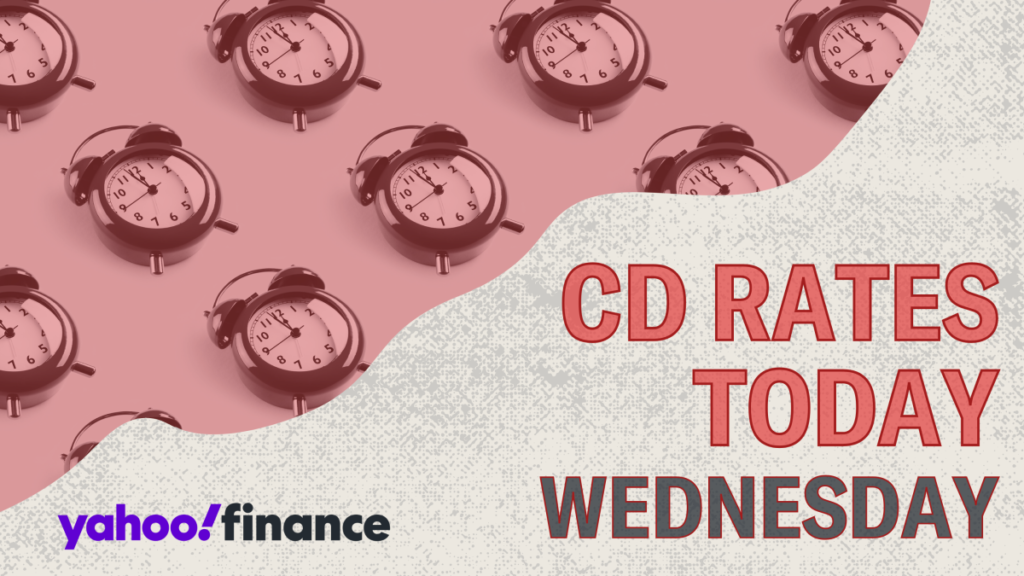Last month, the Federal Reserve made a significant decision to lower the federal funds rate, which naturally impacts deposit account rates, leading to a general decline in rates across the board. However, for prospective savers, this change offers an opportunity to secure competitive returns through certificates of deposit (CDs). Currently, CD rates remain relatively high from a historical perspective, particularly for shorter terms. For instance, consumers can currently find rates exceeding 4.50% APY on CDs with terms less than a year. Although longer-term CDs do not offer rates as high as those for shorter terms, they are still appealing, with competitive rates close to 4% APY for durations of three years and above. A standout offering comes from Barclays Bank, which features a 6-month CD with an attractive rate of 4.65% APY and no minimum deposit requirement.
CD rates fluctuate in response to changes in the federal funds rate; typically, when the Fed increases or decreases its target rate, deposit account rates adjust accordingly. In 2024, the Fed maintained a steady target rate between 5.25% and 5.50%. However, due to a cooling inflation scenario and improved economic growth, the Fed cut the federal funds rate by 50 basis points in September. Many experts speculate the potential for further rate cuts in the near future, which means that the current higher CD rates may soon diminish. As a result, this may be an opportune time for savers to consider locking in these competitive rates before they decline further.
Deciding whether to invest in CDs involves several considerations beyond merely achieving a competitive interest rate. While securing a favorable rate is crucial, evaluating one’s financial circumstances is equally important. Key factors include the current interest rate environment, which makes CDs a more attractive option during periods of high or declining rates. In light of the recent trend, locking in a guaranteed rate through a CD could be beneficial for individuals looking to preserve capital effectively. Additionally, while a CD may serve well for short- to medium-term financial goals or for risk-averse savers, it’s important to weigh the opportunity cost, especially when considering long-term objectives like retirement where higher returns may be found in market investments.
Another critical aspect of opting for CDs relates to liquidity needs. CDs require that funds are tied up for a predetermined duration, known as the term, and accessing these funds prematurely can lead to early withdrawal penalties. Therefore, if an individual anticipates needing to access their money before the term concludes, alternative options, such as high-yield savings accounts, might offer more flexibility without the risk of penalties. As such, it is crucial for prospective investors to carefully assess their financial situation and future cash needs prior to committing funds to a CD.
While CDs are widely offered by many banks, potential investors should broaden their search beyond their current financial institutions. Not all banks provide competitive CD rates, even in times when interest rates are trending upwards. This highlights the importance of researching and comparing multiple offers from various banks to find the best options. Among the best sources for competitive CD rates are online banks, which typically lower their operational costs compared to traditional banks, translating into fewer fees and higher deposit rates for customers. For those considering a CD, online banks can be an excellent starting point due to these advantages.
In addition to online banks, credit unions and community banks also present viable options for competitive CD rates. Credit unions, as not-for-profit financial cooperatives, often offer better rates and lower fees than conventional for-profit banks due to their different business models. Local credit unions, whether brick-and-mortar or online, can provide excellent rates, so researching eligibility and offerings is valuable. Similarly, community banks, with their focus on local servicing, often deliver a more personal banking experience and can be competitive in interest rate offerings. Ultimately, by considering a diverse range of banking institutions, savers can maximize their chances of securing favorable CD rates that align with their financial goals.

